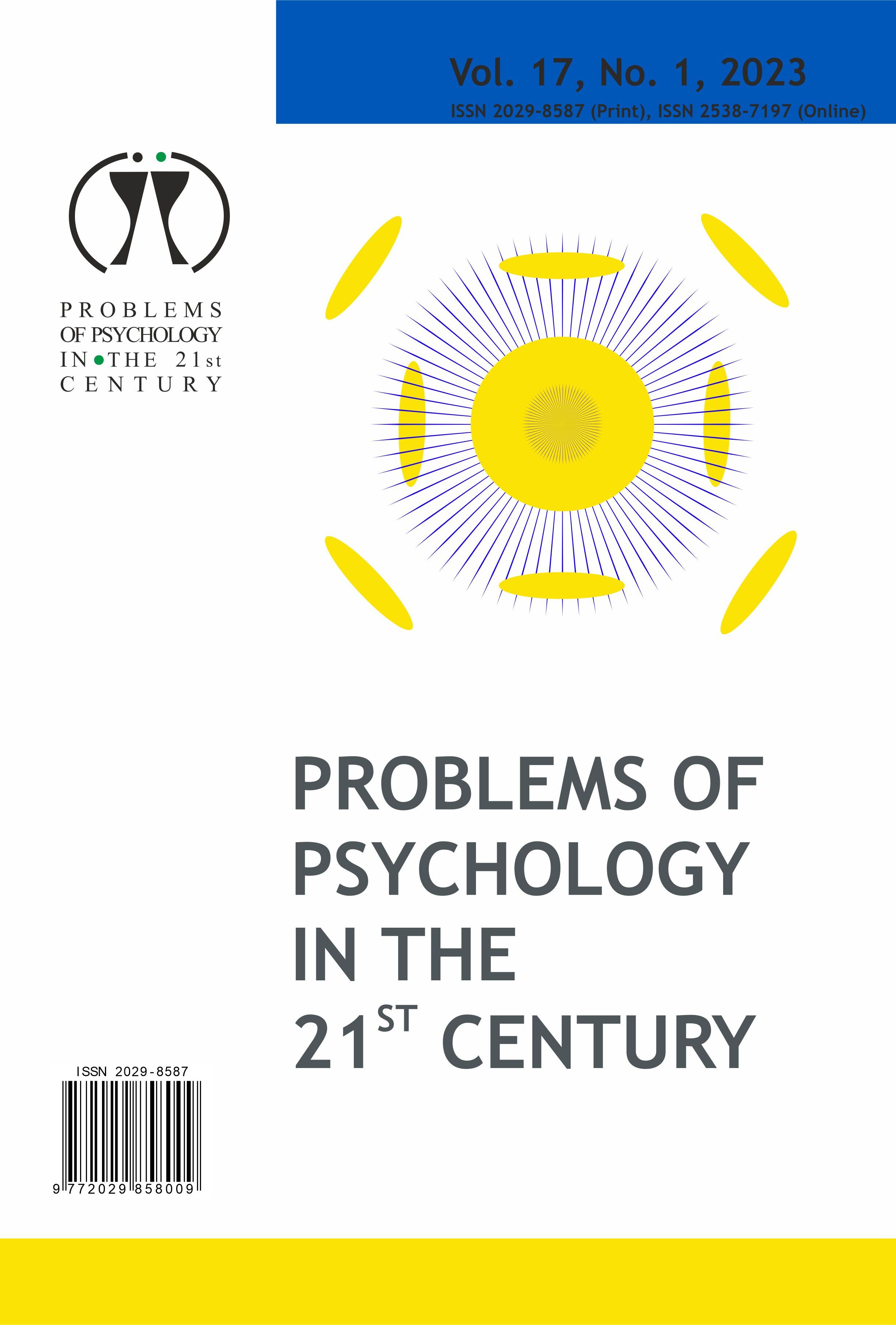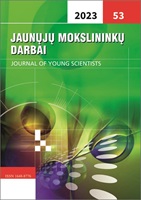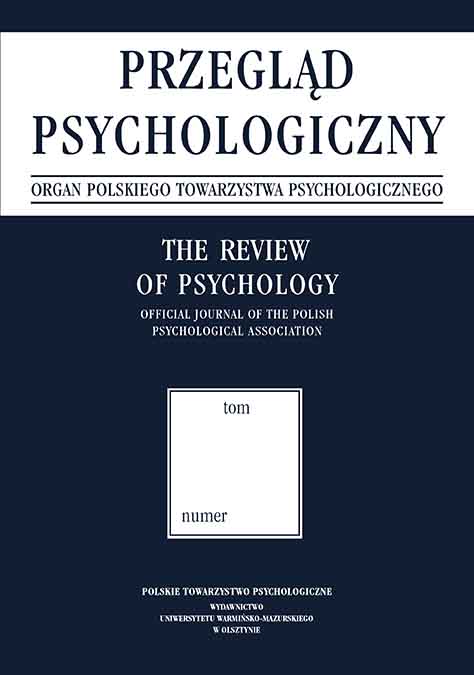Author(s): Krzysztof Jodzio / Language(s): Polish
Issue: 1/2024
Objective: The cerebellum is involved in both the coordination of motor activities and the regulation of mental processes. Symptoms of cerebellar damage are among the diverse, relatively non-specific and difficult to systematize. The goal of the exploratory study was the neuropsychological diagnosis of hypothetical disorders of selected (meta)linguistic and cognitive processes involved in solving problems containing metaphors and similes. The characterization of the disorders took into account their epidemiology, severity, clinical specificity and relationship to sociodemographic variables.
Method: 25 adults with isolated cerebellar damage, mostly vascular, participated in the study. Three tests were used: the Similarities subtest from the WAIS-R Scale (PL) and two metaphor processing tests from the Right Hemisphere Brain Language and Communication Function Battery (RHLB-PL), i.e., the Test of Written Metaphors (TMP) and the Test of Written Metaphor Clarification (TWMP). At the outset, mean values and standard deviations were calculated for the entire group. In addition, based on the data and norms in the test manuals, each patient's scores were evaluated separately. Individual raw scores were converted sequentially into converted scores, either expressed in centiles (Similarities) or on a hundredths scale (Metaphor Tests). With this transformation, each individual score on a given test was classified as either normal average or low (below average), relatively high (above average).
Results: The performance of Similarities in the entire group reached below average levels, with 9 subjects having significant problems solving the subtest (<25th percentile). Another 7 patients scored only 8 points converted, interpreted as borderline normal. In contrast, patients' scores on the TWMP reached values in the 5-6 stena range. Although the performance of the TWMP in the group overall did not deviate from the norm, nearly half of the subjects had a score that did not exceed 4 sten. In comparison, the average score on the TMP was relatively high. A low score (<4 stena) was obtained by only 4 patients. The estimated profile analysis conducted on the basis of the pattern of all test scores (expressed dichotomously as: [above]average or low score) showed their intra- and inter-individual variation, which was clinically illustrated by heterogeneous, often selective impairments of the examined functions. Sociodemographic correlates of test scores turned out to be age and education.
Conclusions: The majority of patients showed variously severe cognitive deficits in the form of problem-solving disorders containing metaphors and similes. The predominance of disorders in the processes of independent associative thinking, including inference by analogy and interpretation and verbalization of concepts, over the generally normal state of linguistic knowledge itself, including figurative meanings, was characteristic.
More...














